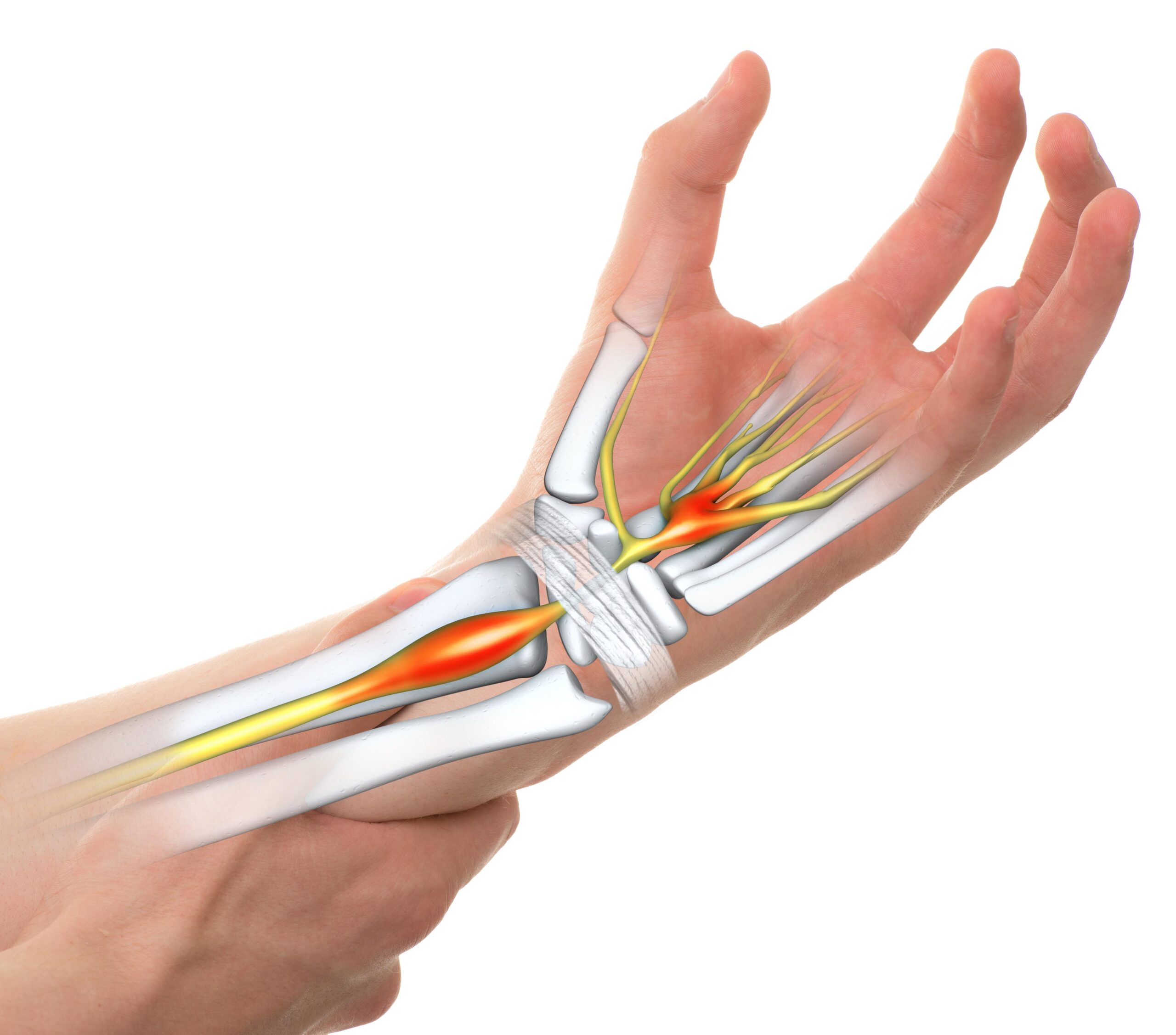Tennis elbow, also known as lateral epicondylitis, is a painful condition caused by overuse of the tendons in the elbow, typically from repetitive motions such as gripping or twisting. It’s not limited to athletes—anyone who engages in activities that put strain on the forearm muscles can develop tennis elbow. For those struggling with chronic pain that doesn’t improve with rest or therapy, injections offer a highly effective treatment option. Dr. Gautam Arora, an expert in pain management at the Neurology and Pain Management Clinic (NPMC), provides valuable insights into how injections can help treat tennis elbow and promote long-lasting relief.
Understanding Tennis Elbow
Tennis elbow results from inflammation or microtears in the tendons that attach to the lateral epicondyle, the bony prominence on the outer side of the elbow. The condition is often triggered by repetitive motions involving the wrist and arm, which place excessive stress on the tendons. This leads to pain and tenderness on the outside of the elbow, which may radiate down the forearm, making it difficult to perform tasks such as gripping objects, lifting, or shaking hands.
While conservative treatments such as rest, ice, and physical therapy can often alleviate the pain, chronic cases may require more targeted intervention. In these instances, injections offer a minimally invasive and effective solution.
Types of Injections for Tennis Elbow
Dr. Gautam Arora explains that there are several types of injections used to treat tennis elbow, each designed to reduce inflammation, relieve pain, and promote healing. The most common injections include:
1. Corticosteroid Injections
Corticosteroids are powerful anti-inflammatory medications that can be injected directly into the affected area to reduce swelling and alleviate pain. This type of injection provides rapid relief, often within a few days. However, corticosteroid injections are typically used as a short-term solution, as they don’t address the underlying cause of the condition but rather help manage the symptoms.
2. Platelet-Rich Plasma (PRP) Injections
PRP therapy is a regenerative treatment that uses the patient’s blood to promote healing. The process involves drawing a small sample of blood, spinning it in a centrifuge to concentrate the platelets, and then injecting the platelet-rich plasma into the damaged tendon. PRP injections are designed to stimulate the body’s natural healing response, helping to repair the microtears and reduce inflammation. This option is particularly effective for patients with chronic tennis elbow who haven’t responded well to other treatments.
3. Hyaluronic Acid Injections
Hyaluronic acid, commonly known for its role in treating joint pain, can also be used to treat tennis elbow. When injected into the affected area, it helps lubricate the tendons and reduce friction, leading to improved movement and pain relief. This option is often recommended for patients seeking long-term relief without relying on steroids.
What to Expect During the Procedure
Dr. Arora emphasizes that injection treatments for tennis elbow are quick and minimally invasive. The procedure is performed on an outpatient basis and usually takes less than 30 minutes. Dr. Arora may use imaging guidance, such as ultrasound, to ensure precise placement of the injection into the affected tendon. Local anaesthesia is applied to numb the area, making the process comfortable for the patient.
After the injection, patients may experience some soreness at the injection site, but this typically subsides within a day or two. Depending on the type of injection, it may take a few days to weeks to experience the full benefits of the treatment.
Recovery and Results
Most patients find significant pain relief following injection therapy, allowing them to return to their normal activities without discomfort. However, Dr. Arora advises incorporating physical therapy and gradual strengthening exercises into the recovery plan to prevent recurrence. For long-term results, it’s important to avoid activities that may have caused the condition in the first place, and to modify repetitive motions that place strain on the elbow.
Conclusion
For patients suffering from tennis elbow, injections provide a highly effective treatment option that can reduce pain, promote healing, and restore function. Dr. Gautam Arora’s expertise in pain management ensures that each patient receives a personalized treatment plan tailored to their needs. Whether through corticosteroids, PRP therapy, or hyaluronic acid, Dr. Arora’s advanced injection techniques can offer lasting relief and help patients regain full use of their arm. If you’re struggling with chronic tennis elbow, consult with Dr. Arora at NPMC to explore the best treatment options for your condition.
